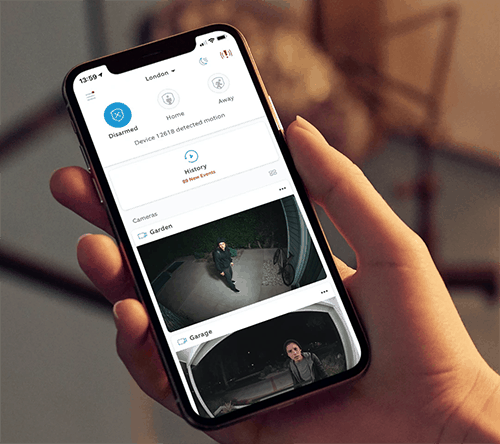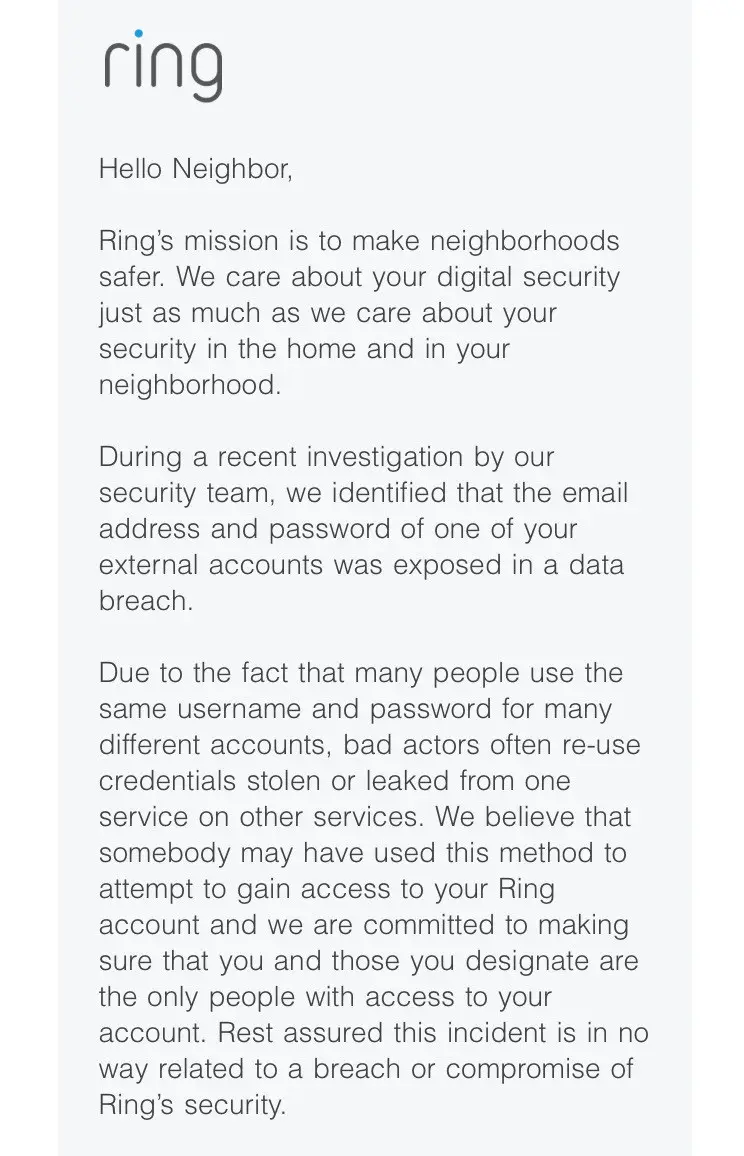Last Updated on
Prime Day is finally here! Find all the biggest tech and PC deals below.
- Sapphire 11348-03-20G Pulse AMD Radeon™ RX 9070 XT Was $779 Now $739
- AMD Ryzen 7 7800X3D 8-Core, 16-Thread Desktop Processor Was $449 Now $341
- ASUS RTX™ 5060 OC Edition Graphics Card Was $379 Now $339
- LG 77-Inch Class OLED evo AI 4K C5 Series Smart TV Was $3,696 Now $2,796
- Intel® Core™ i7-14700K New Gaming Desktop Was $320.99 Now $274
- Lexar 2TB NM1090 w/HeatSink SSD PCIe Gen5x4 NVMe M.2 Was $281.97 Now $214.98
- Apple Watch Series 10 GPS + Cellular 42mm case Smartwatch Was $499.99 Now $379.99
- ASUS ROG Strix G16 (2025) 16" FHD, RTX 5060 gaming laptop Was $1,499.99 Now $1,274.99
- Apple iPad mini (A17 Pro): Apple Intelligence Was $499.99 Now $379.99
*Prices and savings subject to change. Click through to get the current prices.
In what I can only begin to bluster in the same way that a mother hearing her kid swear for the first time would do, Amazon’s Ring security camera and doorbell combination are only now implementing end-to-end encryption.
End-to-end encryption is coming to 13 of Ring’s products, with battery-powered options not even getting a whiff of the added security measures.
These include:
- Ring Video Doorbell Pro
- Ring Video Doorbell Pro 2
- Ring Video Doorbell Elite
- Ring Video Doorbell Wired
- Ring Spotlight Cam Wired
- Ring Spotlight Cam Mount
- Stick Up Cam Elite (2nd Gen)
- Stick Up Cam Wired (2nd Gen)
- Indoor Cam
- Ring Floodlight Cam (1st Gen)
- Ring Floodlight Cam Wired Pro
- Ring Floodlight Cam Wired Plus
- Ring Stick Up Cam Plug-In (3rd Gen)
What is End-to-End Encryption?
End-to-end encryption is a method of security deployed by developers that effectively locks them out of your information so that only you and whoever else involved in the transferring of data or messages can see it.
Major apps like WhatsApp employ end-to-end encryption, leaving the discussions happening out of Facebook’s control. This means that if anyone was to request this data, they wouldn’t be able to access it without first acquiring your phone to see the messages, as Facebook can’t access them.
End-to-end encryption is vitally important in the advancements of technology, especially during an era where we’re constantly working around multiple corporations from accessing too much information about us.
It’s also a great way of steering away hackers and other bad agents online from attempting to access the data inside the encryption, while not perfect, is a great foil to many a budding criminal.
Hidden Settings, Bigger Catch
To make matters even more flabbergasting is that this is entirely optional and probably not even going to be used or seen by a majority of the customers, as it’ll be buried in the Advanced Settings and I can all but guarantee that Amazon won’t be surfacing this.
You’ll also be required to set up a password of all lower case characters, that if you forget the code, you will have to reset the entire device.
It also turns off features that people specifically buy the device for. Motion Verification and People-Only Mode are disabled, which as Security Boulevard have handily collected in a quote from a whitepaper by Amazon – lovely – they state that ‘Some of our users prefer the functionality trade-off for enhanced security and privacy.’
Other features that will be disabled are:
- No sharing videos between other family members assigned to Shared User
- Ring.com, both Windows and Mac desktop apps, and the Rapid Ring app won’t be able to view videos captured after encryption
- Live View from more than one mobile device won’t work
- Event Timeline is disabled
- Rich Event Notifications – photos taken by the camera included in notifications – won’t work
- Ring videos on Amazon’s other products like the Echo Show or FireTV won’t work
Ring’s Security Hacks
Security concerns were raised when a viral video depicted a young girl being harassed in her own home via a hacker’s invasion of the camera in her room. Further hacks happened throughout 2019, with 3600 users’ data leaked online, including addresses, passwords, and locations of the cameras.
Ring decided the best course of action was to blame the customer.
Image via Eff.org
Easy Access for Trouble
It’ll still be a test of faith for Amazon to see if it stays true to its word and stops snooping on customers or even sending footage to the police.
Yes, Amazon and Ring have amassed a working partnership with (as of January 2021) 2014 different departments across fire and police services. This allows them to begin requesting video for investigations, including 22, 335 incidents all being part of the requests in 2020.
As pointed out by NBC, no, this hasn’t been useful at all.
As personal surveillance systems become more prevalent in our society, so too are racial profiling and stereotyping. Ring allows you to publish to Neighbours, an app designed to interconnect users in the local area to ensure safety. Another app, NextDoor, has already had incidents where an African-American man was seen as ‘suspicious’ because he rang the doorbell.
With the boiling over of tensions between police and their communities across the world, especially in America, where Amazon subsidizes their products in exchange for installations by the police (even coaching them on how to convince people to accept the device or hand over the footage), there’s more and more chance of actions taken against the community that is unwarranted due to the footage being misinterpreted or misused by law enforcement.
This is especially concerning as both evidence in America and England have proven that racial profiling is a cause for more pullovers and police searches over the rest of the community.
With end-to-end encryption being an optional and buried choice, with a presumed majority of Ring’s users never even glancing at the settings options to enable the privacy mode or if they do, not opting in because of the lack of features available to them, the ever-increasing eyes in the street and how they’re being utilised is alarming.





